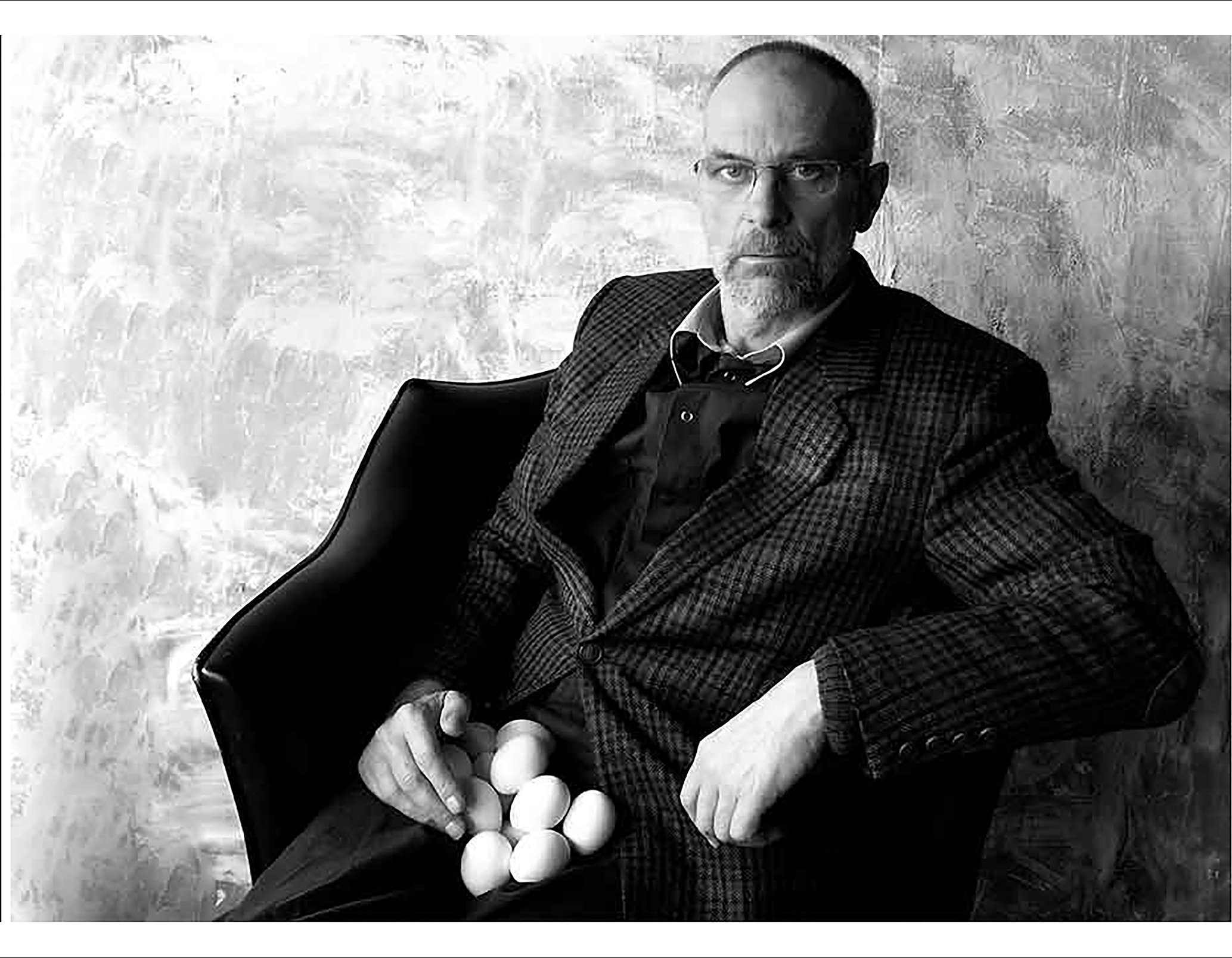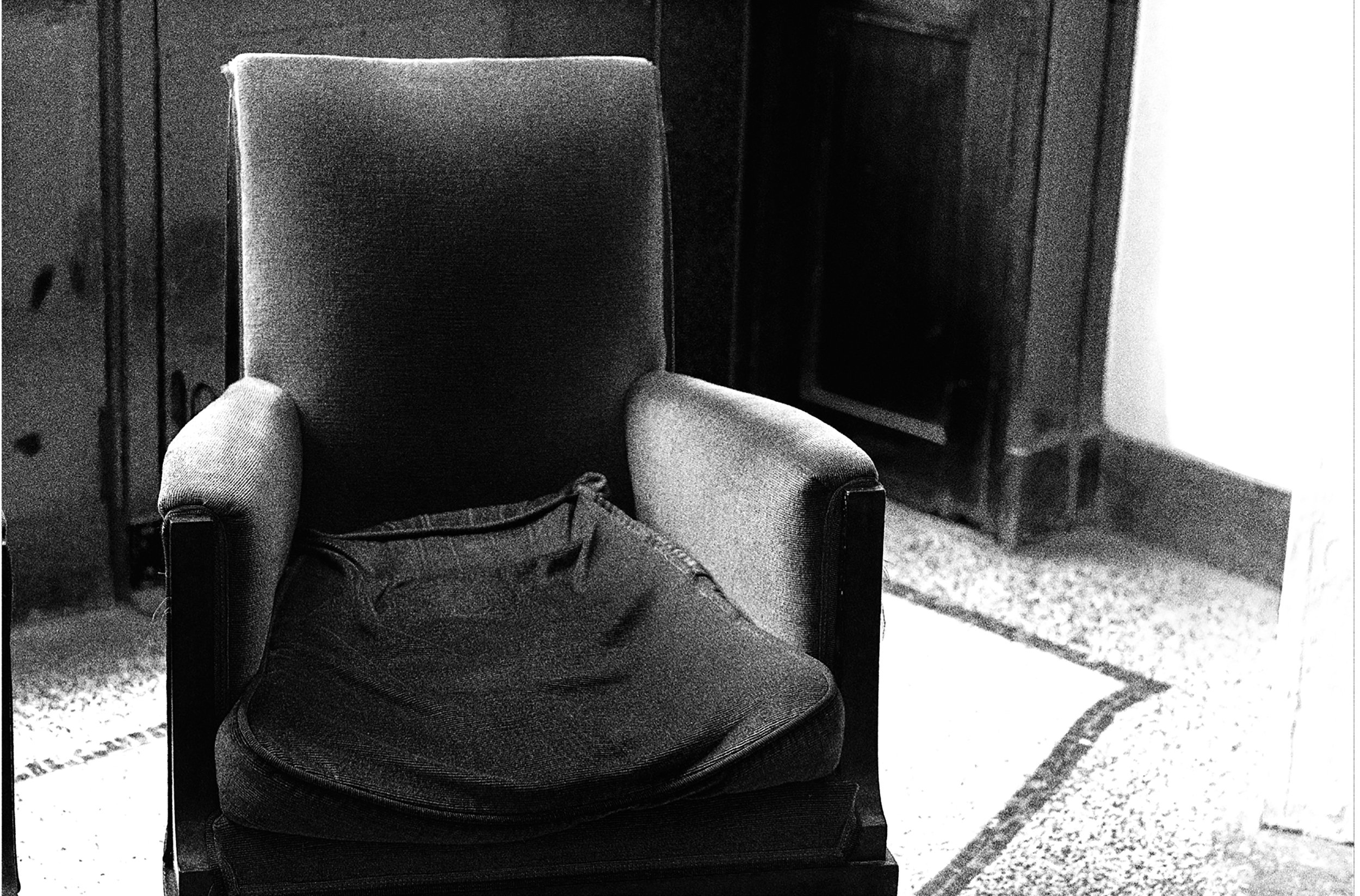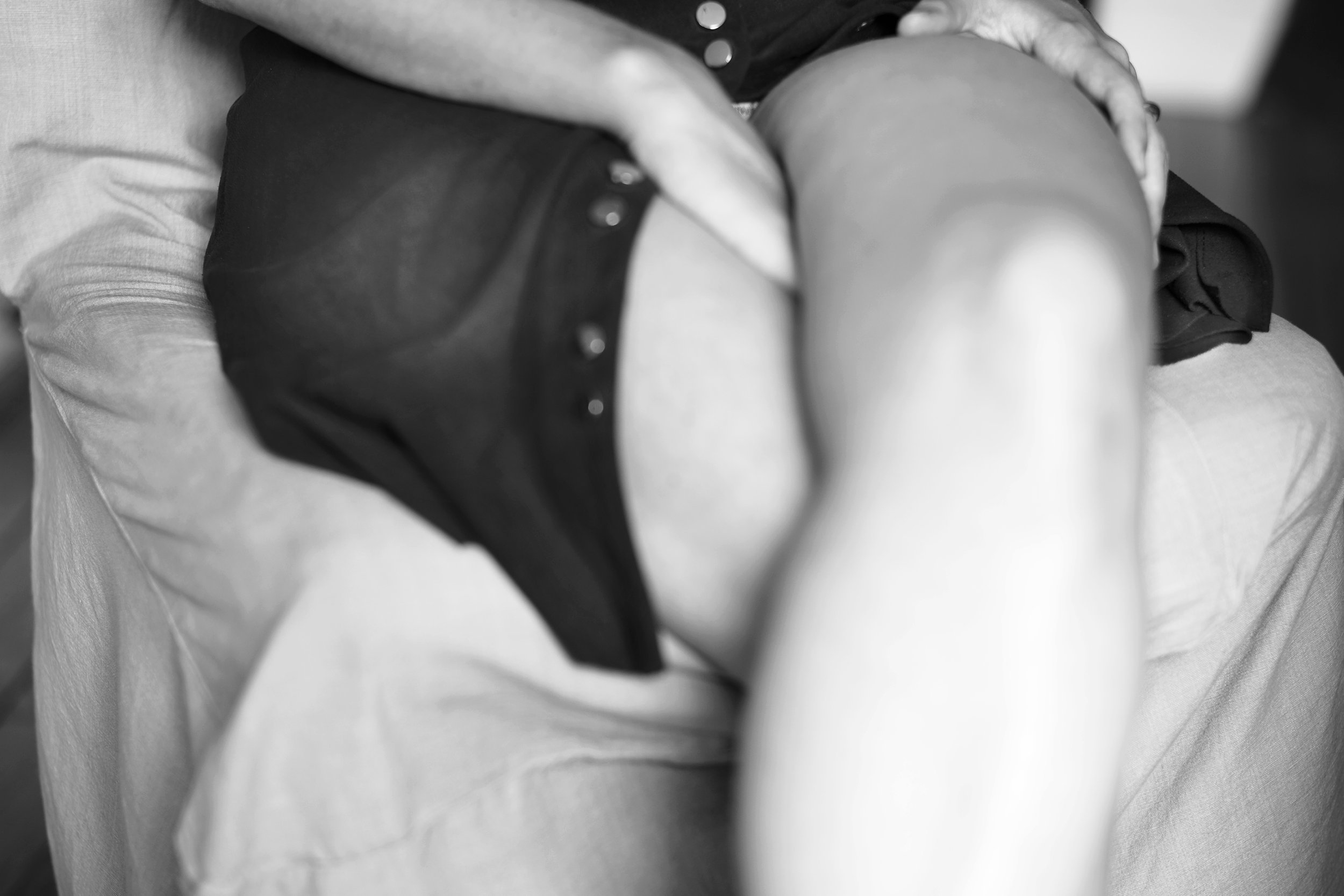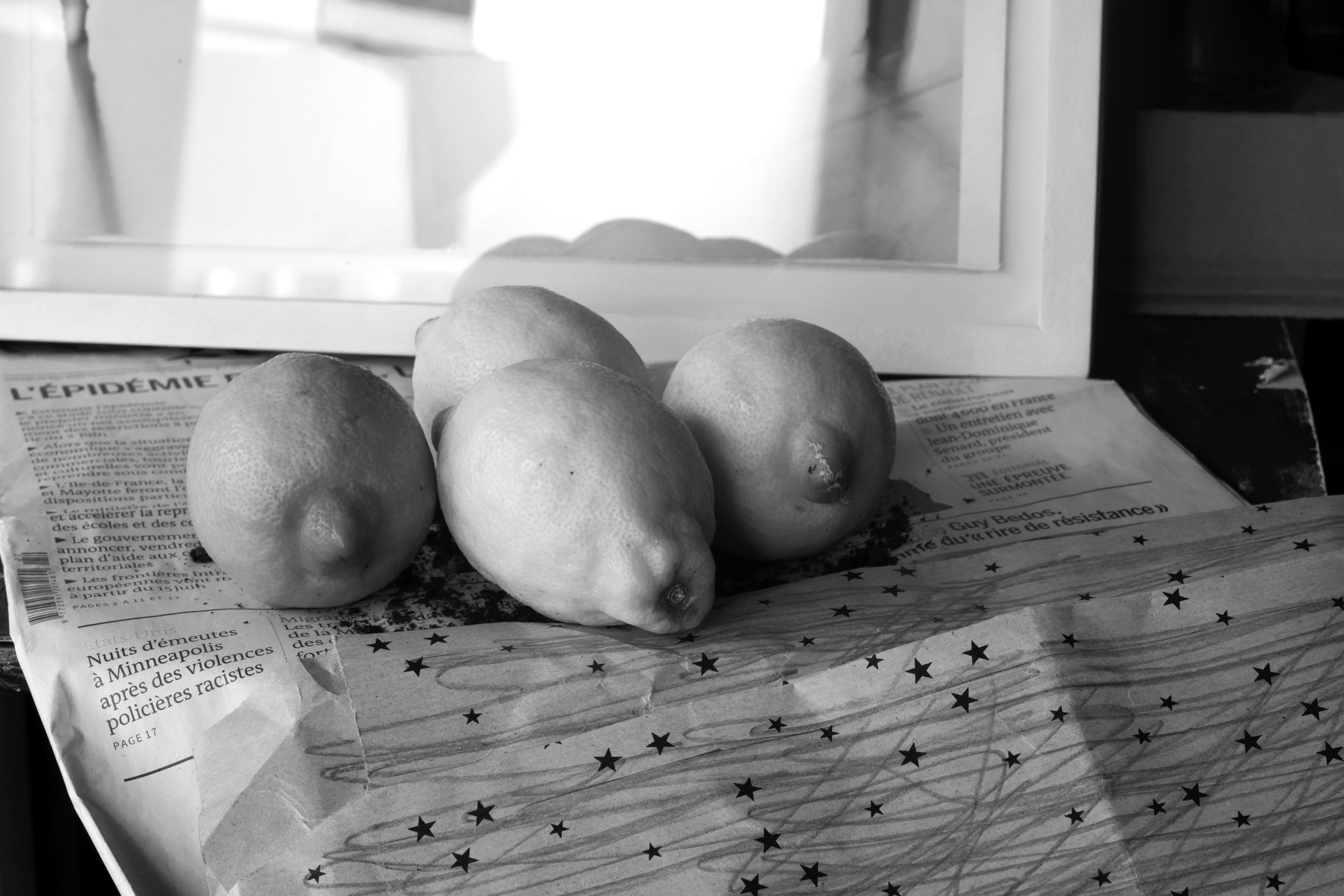SIMPLY
W. Vynck
05/02/2022 - 16/04/2022





W. VYNCK
When Willy Vynck (1944) served in the army as a young man, he had a difficult relationship with his sergeant. “Hold on,” Vynck regularly said, “the war hasn’t started yet, I still have time.” Inertia is central to him. A theme he has carried with him all his life and can also be found in his photography. Passivity should not be confused with laziness, however, because he is anything but lazy. Though the man from Assebroek goes through life calmly and moves to the rhythm in which the world resolves, he remains very active. After his military service, he happily exchanged his gun for a camera which he uses to look for beauty in the everyday. Or rather, to find the beauty in everyday life. For, as the artist himself says: “I am expressly not looking for anything.”
From an early age, the Belgian photographer became fascinated by beautiful images, which he often found in one of his many books. A friend of his lent him his camera and Vynck became fascinated by photography. He started from nothing and kept trying, experimenting and observing. But it has taken years before the inveterate critic Vycnk was satisfied with his own work.
Willy Vynck lives and works just outside the city centre of Bruges, near one of the main gates to the historic city.
HIS WORK
The trivial and simple reality. A corner of a bench, the back of a traffic sign, the roof of a house, young friends on a terrace, a leaf just fallen from a tree. Images we do not commit to memory because they seem too mundane. It is precisely everyday life and its beauty that he wants us to appreciate. Inconspicuous like an ornament in the corner of a room, for hours or even days, the artist will wait for that perfect image to appear in front of his camera. “If I like it, I capture it”, he claims.
Convinced that this creates much more depth, Vynck resolutely opts for black and white photography. Colour may well be the reality of life, you can achieve more severity and depth and tell more beautiful stories in black and white. Remarkably, everyone interprets his snapshots differently. To some, his work evokes warmth, affection and intimacy. Vynck does indeed often depict private interactions, where the spectator feels like a trespasser. Others experience a certain abandonment or loneliness. Shadows are seen on surfaces and you would almost beg the artist to show us the figure or the object itself, just to the left or the right of the picture. The photographer makes us long for the invisible and more.
SIMPLY W. VYNCK
In ‘SIMPLY’, Vynck wants the visitor to forget about the stress of our complex society and to focus on beauty, diversity and especially, himself. The photos show his honest view of the world, which is quite simple: when he sees something beautiful, he captures it. Vynck explains that spotting beauty is not difficult, but the trick is to capture it in that particular place at that particular moment. It is enlightening that an artist strives for simple beauty in a world of such complexity.
‘SIMPLY’ does not only refer to the everyday life that Vynck records. The title can also be read as ‘SIMPLY W. VYNCK’. Both the artist and his art are unpretentious. “I am a simple man”, he claims. An unassuming man who sometimes makes the most surprising image associations. The bicycle next to the female nude, for example. Vynck loves to show contrasts, breaks and disruptions, adding a touch of humour to his work with this capricious side of his.
It is up to the visitor the find the links, to step into Vynck’s world, the subject of which is often less important than its beauty.
In the Jerusalem Chapel, Vynck makes us – literally – think about death with his work ‘MEMENTO MORI’. In order to preserve beauty as long as possible, we take care of our dead. We make up their faces and put them in an open coffin. We mummify them in order to have them decompose as gracefully as possible or we carefully lay them to rest with a plaque or memorial. The mausoleum that normally stands on top of the tomb of Anselm Adornes and his wife Margareta van der Banck is currently being restored. Preserving the beauty of the monument is indeed more important than the bones in the vault. It is now replaced by a dying leaf desperately clinging to something at the top, like a tube from a drip. It is no coincidence that Vynck can place his work right in this place.
Beauty is more beautiful because of the sweet ornament that truth is.
William Shakespeare (1564 - 1616)
